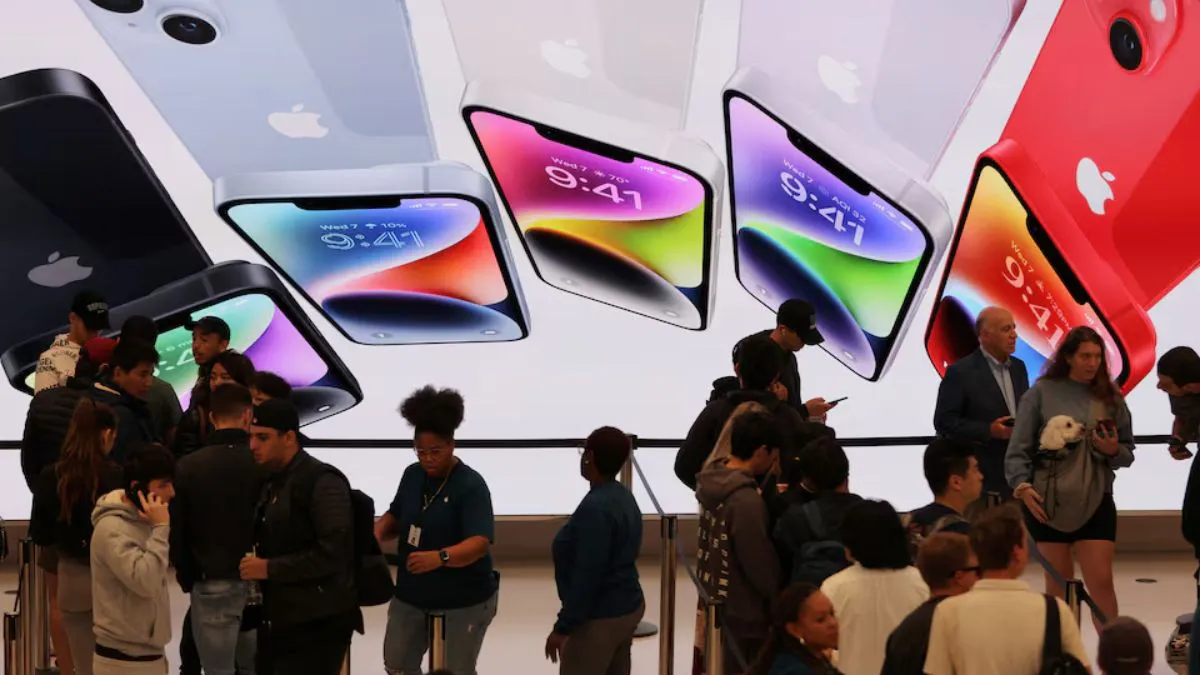- By Prateek Levi
- Thu, 23 Oct 2025 06:35 PM (IST)
- Source:JND
Apple is sharply reducing iPhone Air production after soft demand outside China, Nikkei Asia reports. Released in September 2025 together with the iPhone 17 series, the iPhone Air was marketed as delivering "pro performance in a thin and light design", succeeding the previous 'Plus' line and marking a strategic move for Apple.
In spite of its slim build and premium specs, the iPhone Air has not been able to garner interest among consumers in international markets. Production orders are now being reduced to "end of production" levels from November. Several supply chain sources informed Nikkei Asia that production will drop to below 10% of volumes in September, whereas under the initial plan, the model accounted for around 10–15% of total iPhone 17 production.
ALSO READ: Spotify Android App Crashes Reported Over Wi-Fi: Company Confirms Issue, Probe Underway
Apple is shifting funds to more in-demand devices. Production of the regular iPhone 17 has been ramped up by around 5 million units, with a comparable boost for the iPhone 17 Pro. The overall company's iPhone 17 production guidance of 85–90 million units stands, even in the midst of softness in the market and continuing tariff tensions.
KeyBanc Capital Markets survey data highlights the problem: "essentially zero demand for iPhone Air, and modest willingness to pay for fold," while other iPhone 17 models remain in strong demand. On Apple's website, the iPhone Air is still readily available in every color, while the iPhone 17 and iPhone 17 Pro are shipping in two to three weeks.
China offers a welcome shining light for the Air. After its long-delayed launch last week, following the delays caused by eSIM limitations, the phone sold out in minutes, and online shipments were delayed by one to two weeks, the South China Morning Post reports.
ALSO READ: Why AI Chatbots Forget: The Hidden Limits Of Context Windows
The iPhone Air’s underwhelming reception echoes Samsung’s experience with the Galaxy S25 Edge, which the company discontinued after selling just 1.31 million units by August. Both firms appear to have misjudged how willing consumers are to trade battery life and camera capabilities for ultra-thin designs. Analysts see the iPhone Air as a stepping stone toward Apple’s first foldable iPhone, expected in 2026.

